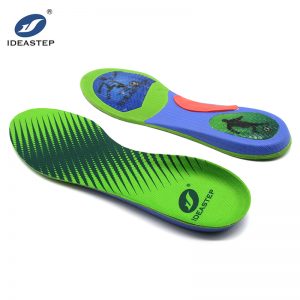
When it comes to choosing insoles for bicycling, there are a few different materials that can be suitable. The best material for bicycling insoles depends on individual preferences, foot characteristics, and the specific needs of the cyclist. Here are some commonly used materials for cycling insoles:
1. EVA (Ethylene-vinyl acetate): EVA is a lightweight and cushioning material that provides good shock absorption. It offers excellent comfort and support for the feet during cycling.
2. Gel: Gel inserts or pads are often used in cycling insoles to provide additional cushioning and support. Gel can help reduce pressure points and absorb vibrations, enhancing overall comfort.
3. Poron: Poron is a high-performance urethane material known for its shock-absorbing properties. It offers excellent energy return and can help reduce foot fatigue during long rides.
4. Ortholite: Ortholite is a foam material commonly used in athletic footwear, including cycling shoes. It provides cushioning, support, and moisture-wicking properties to keep your feet dry and comfortable.
5. Carbon fiber: Some advanced cycling insoles feature carbon fiber inserts to enhance stiffness and power transfer. Carbon fiber provides excellent rigidity while remaining lightweight.
It’s important to note that selecting the right insoles involves considering factors such as arch support, foot shape, riding style, and any specific foot-related issues or injuries. If you have specific concerns or require custom support, it may be beneficial to consult with a podiatrist, bike fitter, or a specialist in orthotics to get personalized recommendations.
Related product links: https://www.aideastep.com/product/cycling-insoles/
